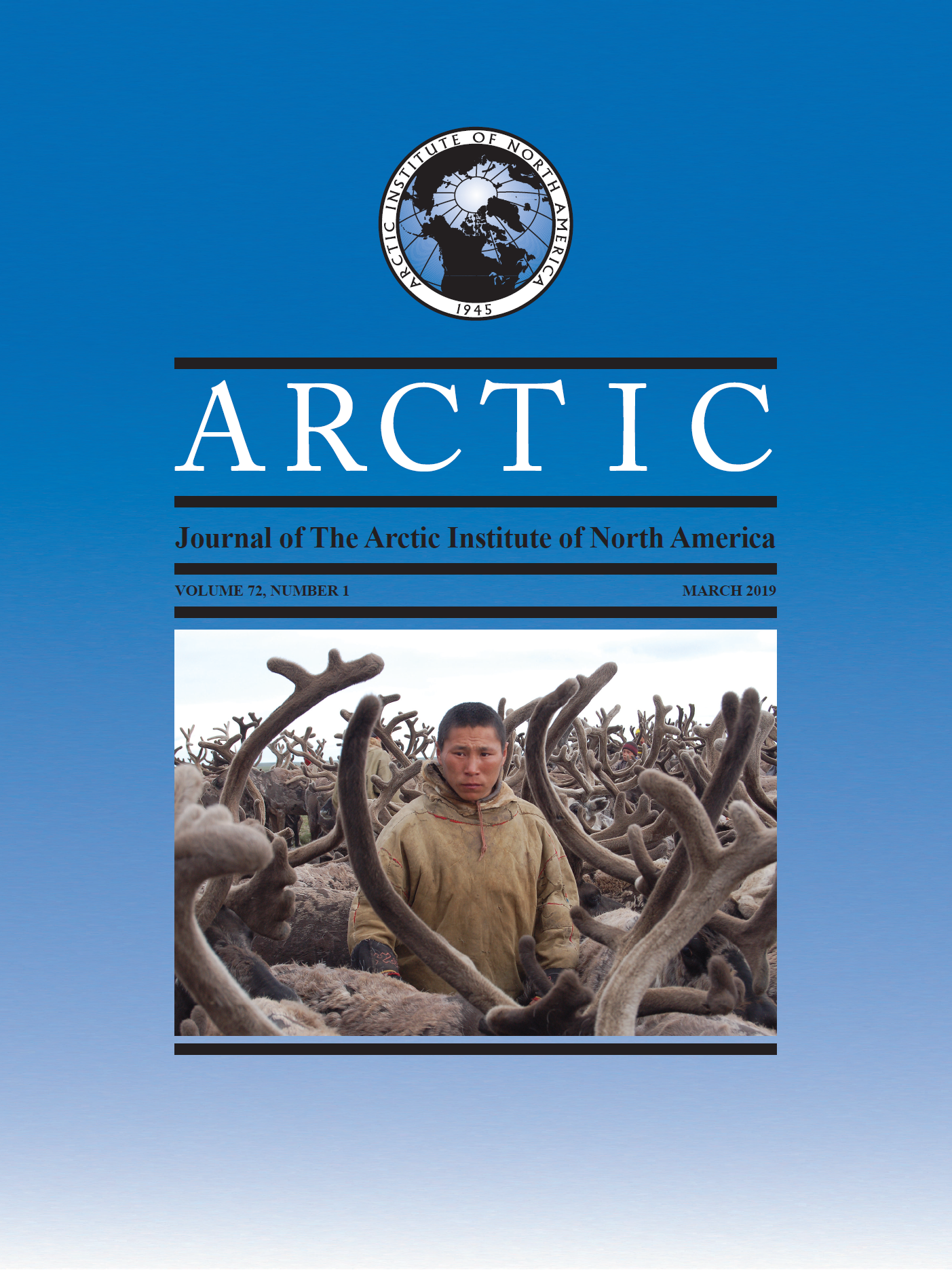Overwintering Habitat of American Dipper, Cinclus mexicanus, Observed in an Arctic Groundwater Spring Feeding on Dolly Varden, Salvelinus malma
DOI :
https://doi.org/10.14430/arctic67805Mots-clés :
cincle d’Amérique, Cinclus mexicanus, omble du Pacifique, Salvelinus malma, prédation, hiver, cours d’eau de source, habitat, versant nord du YukonRésumé
Les sources d’eau souterraine pérennes le long du versant nord de l’Alaska et du Yukon procurent un habitat d’hivernage à divers organismes, y compris les oiseaux et les poissons. Le 8 mars 2018, nous avons observé un cincle d’Amérique (Cinclus mexicanus) dans l’eau libre d’une source pérenne située au ruisseau Fish, dans le parc national Ivvavik, au Yukon. L’observation faite au ruisseau Fish figurait parmi les observations hivernales les plus nordiques du cincle d’Amérique à avoir été répertoriées en Amérique du Nord. Cette observation a été faite à environ 650 km plus au nord que l’endroit où l’habitat d’hivernage des cincles d’Amérique a été documenté au Yukon, ce qui représente l’observation la plus nordique au Canada à avoir été consignée pour cette espèce à n’importe quelle saison. Par surcroît, le cincle d’Amérique a été photographié en train de se nourrir d’un omble malma juvénile (Salvelinus malma). Bien que l’on sache que les cincles d’Amérique se nourrissent de petits poissons, l’observation que nous avons documentée constituait un nouveau cas d’interaction trophique entre les deux espèces pendant l’hiver. L’habitat en eau libre du ruisseau Fish, qui est important pour les deux espèces et n’a pas encore été décrit, était court (environ 730 m de long), peu profond (moyenne de 20 cm de profondeur), étroit (moyenne de 2,8 m de largeur) et froid (moyenne de la température de l’eau = 0,34 ºC). Bien qu’il existe peu d’information sur les interactions écologiques du cincle d’Amérique hivernant dans l’Arctique, notons qu’en hiver, toutes les observations faites dans la région du versant nord ont eu lieu dans des réseaux hydrographiques où vit également l’omble malma, ce qui laisse croire que l’omble malma juvénile pourrait représenter une source de nourriture importante pour le cincle d’Amérique en hiver.



